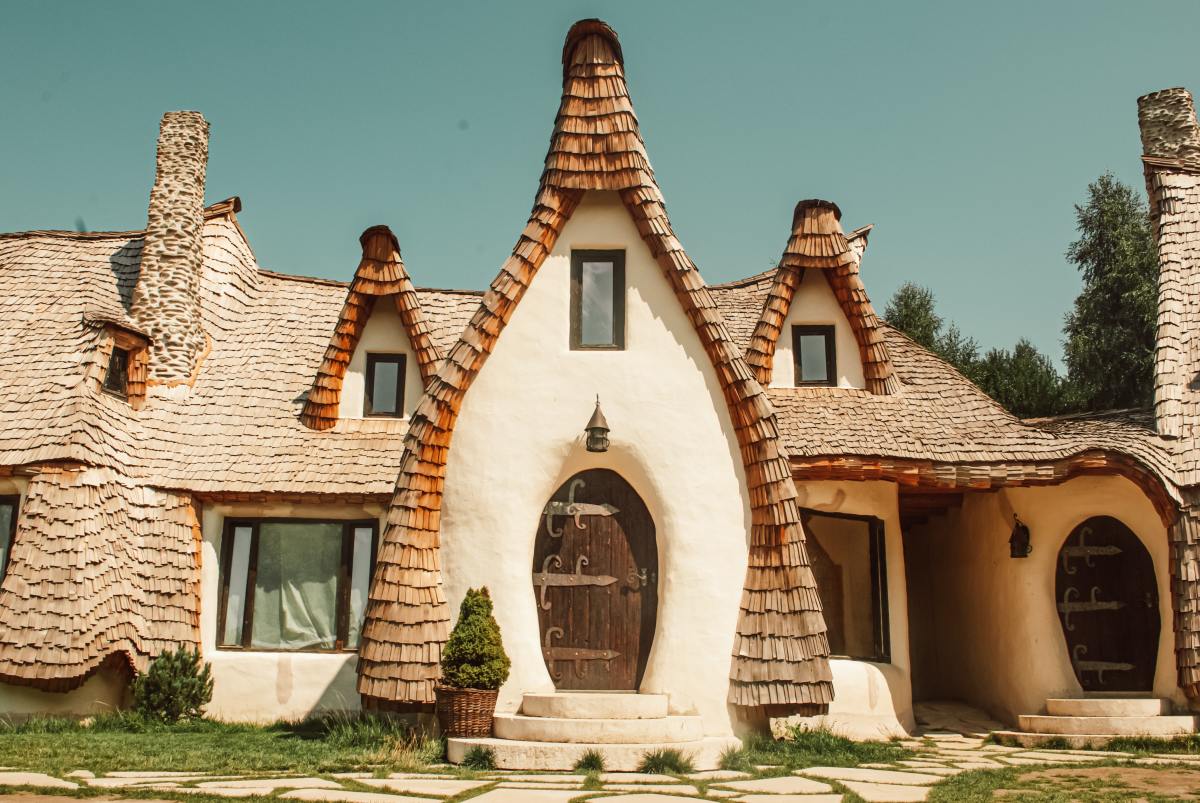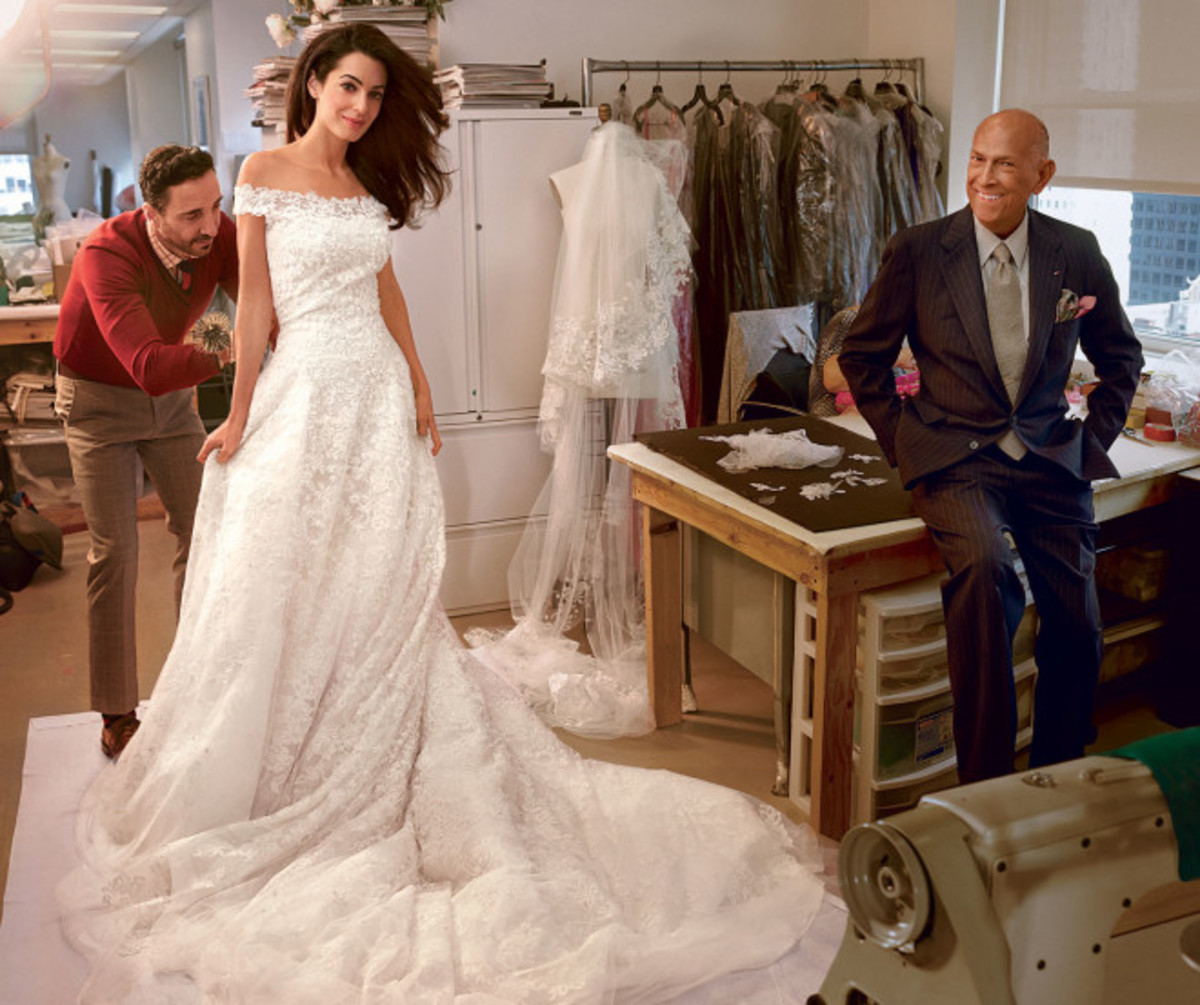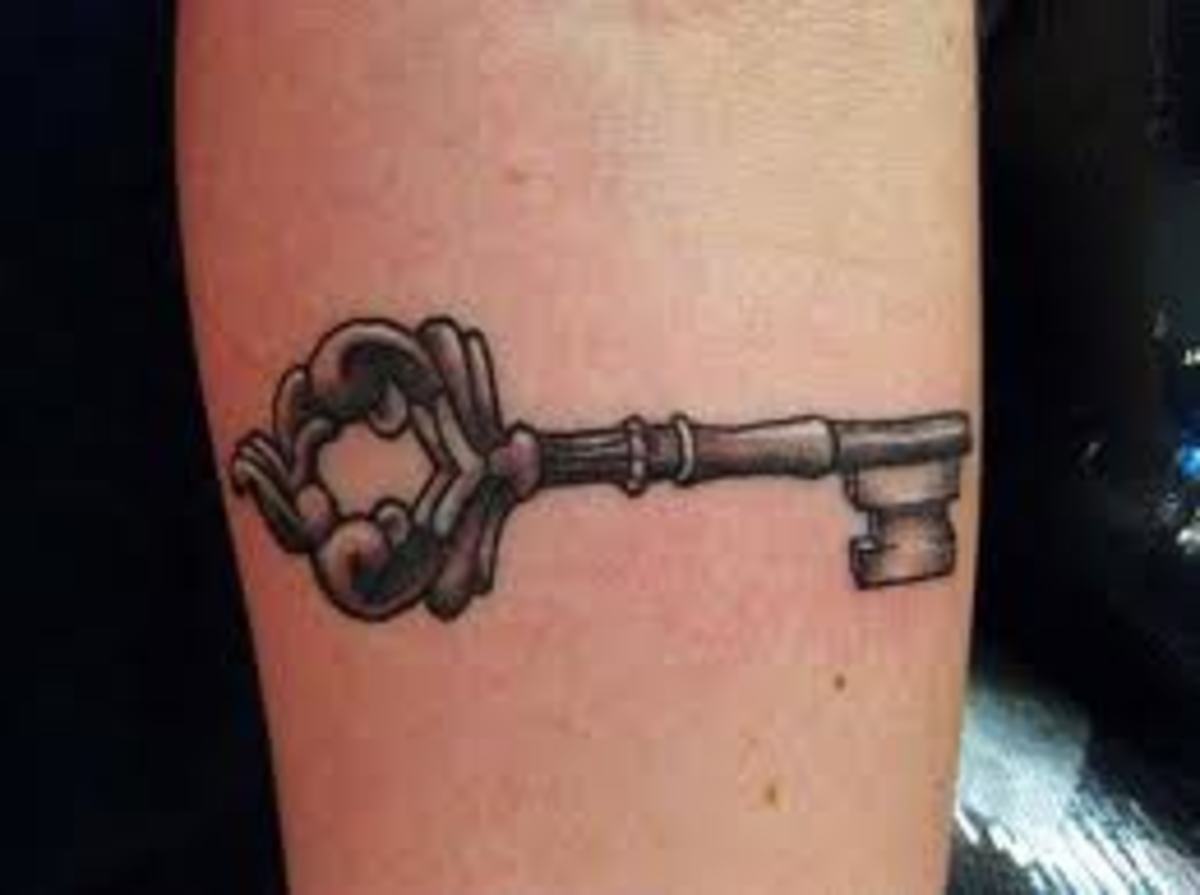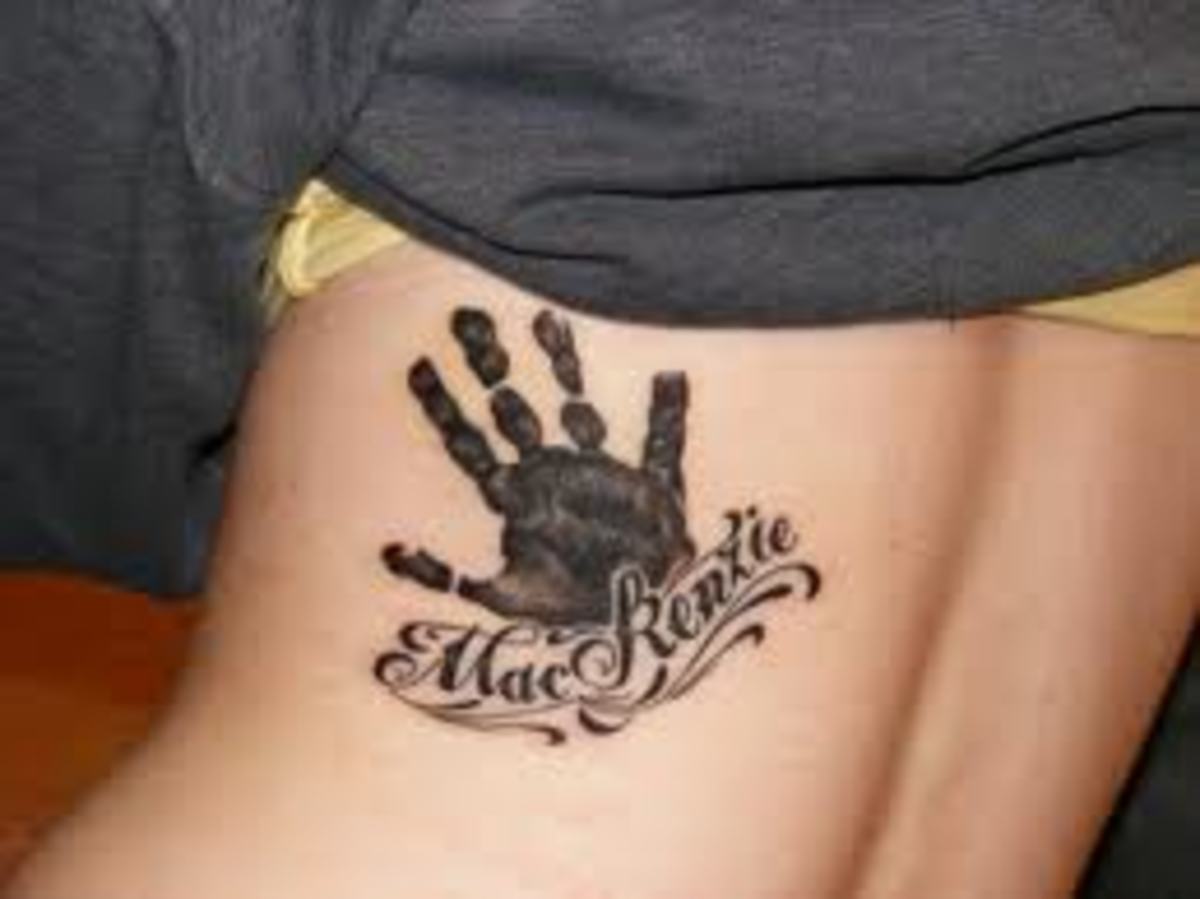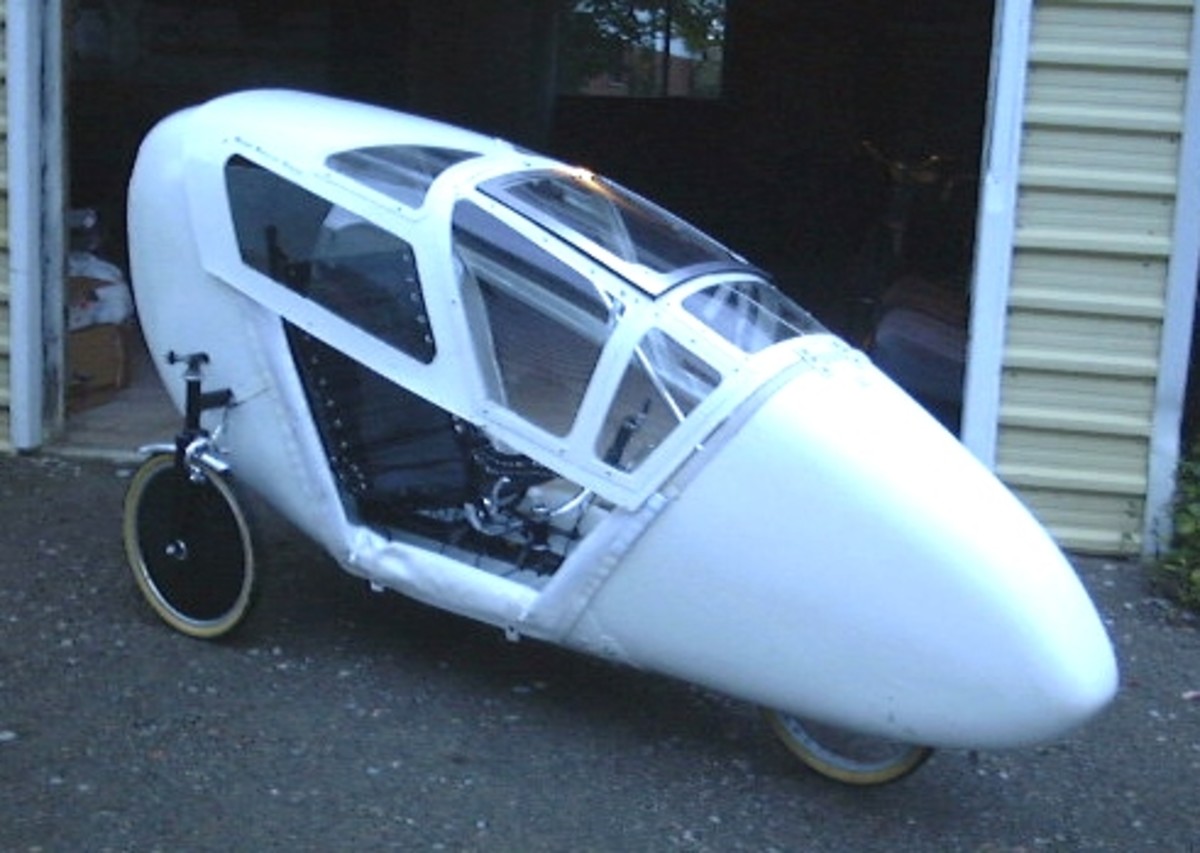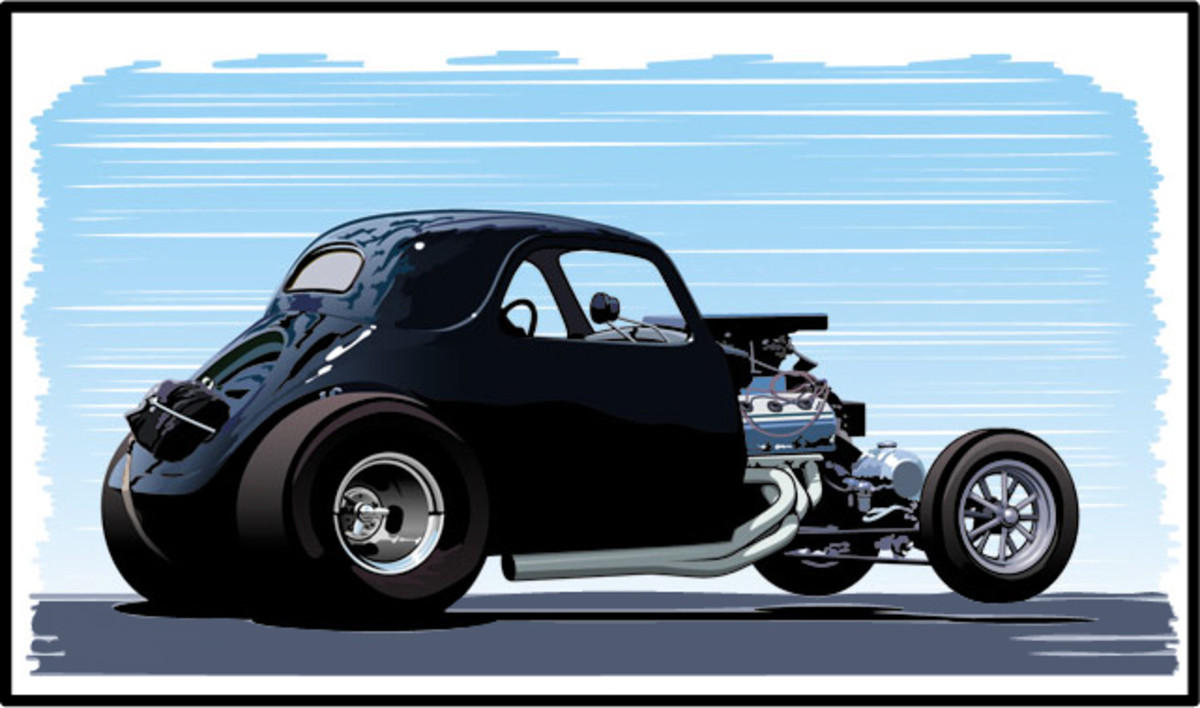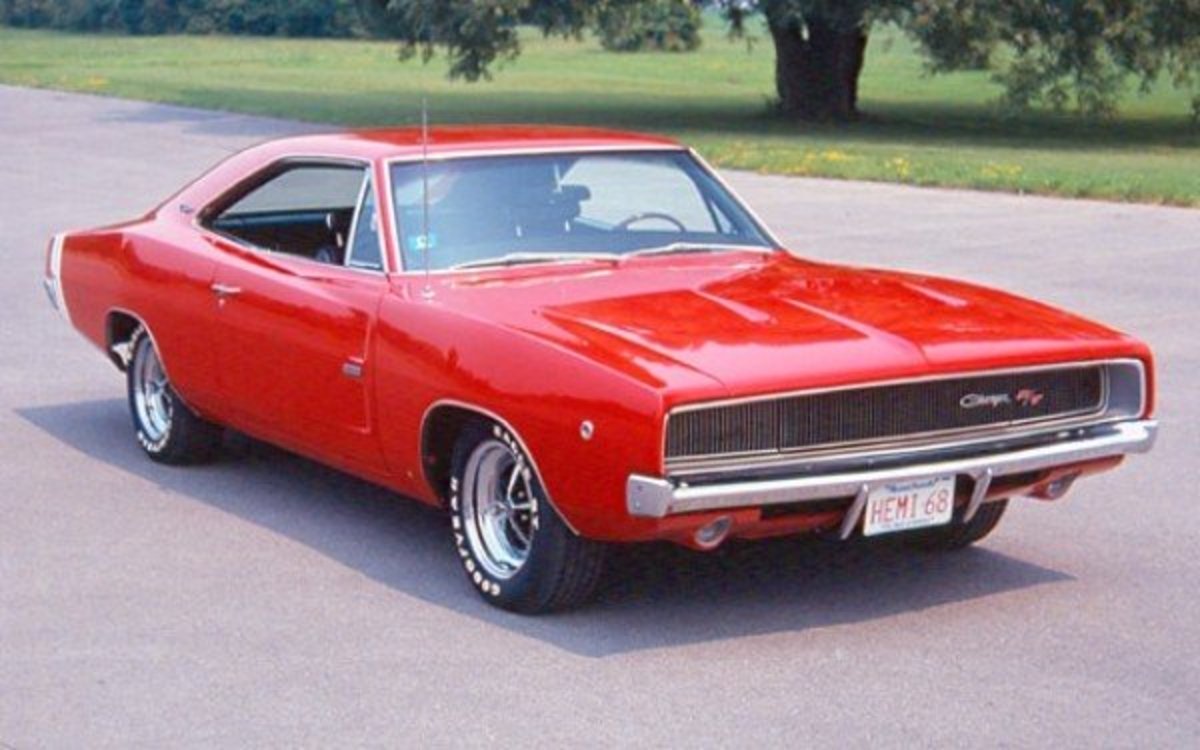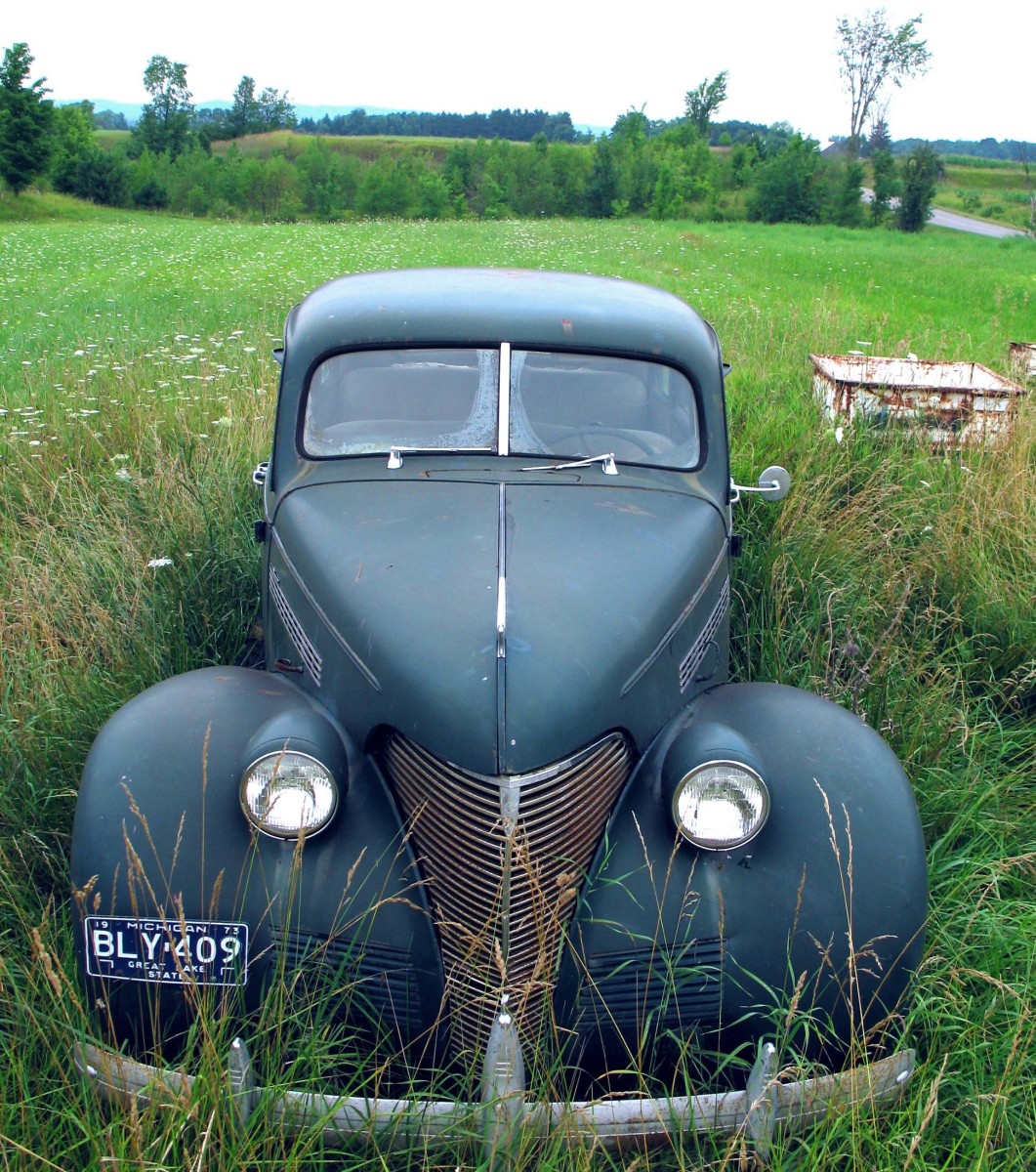The Taxicab - Good Design and Bad Design
A Taxi Has a Function and Should be Designed Accordingly
Tools are designed to perform a function, and so are vehicles. You wouldn't use a sports car to deliver goods; you would use a truck. A taxi cab has a simple function, to carry passengers from one place to another. But like any function, there are right and wrong ways to get the job done.
This article will look at the major types of taxi cabs and will question how well the design performs the function.
The Ford Crown Victoria
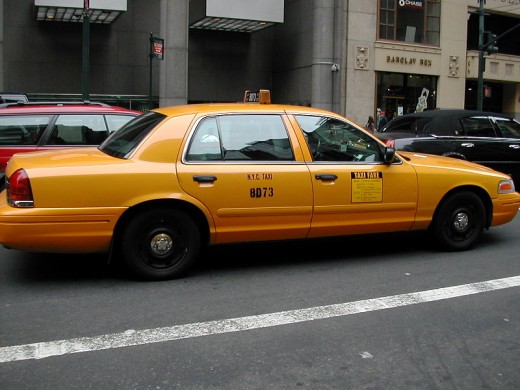
The American Sedan - A Bad Design for a Taxi Cab
An American sedan, such as the popular Ford Crown Victoria, is a comfortable car to be sure. It's great for a long trip. But for negotiating the traffic of a city dense with people and other vehicles, it is the wrong tool for the job. First, the seats are low, not a problem for driving around the suburbs. But there comes a time when people have to get in and out of the car. For an elderly person, the task of standing up from a low bench seat can be painful, especially if you've been riding around for a while with your knees under your chin. Secondly, there is the issue of luggage, a problem for the cab driver. Sedans have spacious trunks, but they require the luggage handler to bend. A whole shift of bending at the waist can take its toll on the taxi driver. And then there is the issue of driving itself.City driving requires a lot of attention, quick reflexes and a clear vision. The low slung sedan is simply not made for a city.
But the American sedan has been the taxi of choice in the United States for decades. When the huge Chevrolet Caprice was discontinued in the mid-1990sm most cab owners switched to the Ford Crown Victoria, pictured here. In 2005 the Ford Crown Victoria accounted for 92 percent of all taxicabs, according the Schaller Consulting firm. The reason for its popularity is its body-on-frame construction and heavy duty suspension, which enables the car to negotiate the harshness of city driving. But the drawbacks discussed above make it a poor choice for a taxi cab. It's not the only vehicle that is solidly built.
A London Taxi
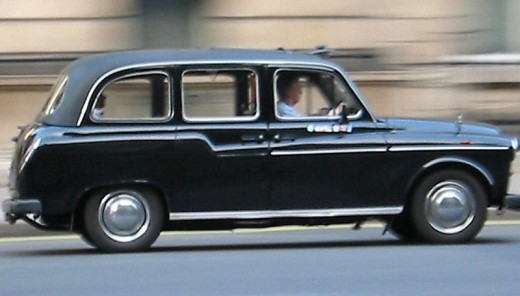
The London Taxi
The London Taxi, often called the English taxi, is a masterpiece of intelligent design. When you get into an English cab, you do not feel like you're sitting on the floor. The seats are designed to make it easy to get in, and easy to get out. They are especially helpful for elderly passengers. The photograph to the right shows how the form of the English taxi follows its function: it's designed for carrying people and luggage.
The excellent design of the English taxi is matched by the personality of the taxi driver. The English take taxi's very seriously, and the training of an English taxi driver is designed for one thing, passenger convenience. The knowledge of English taxi drivers is legendary. If they have one goal it is to be helpful.
The Ford Escape Hybrid
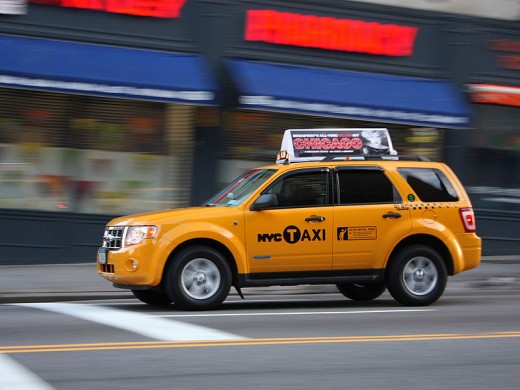
SUVs and Minivans - The Future of Taxi Cabs
An SUV, or sports utility vehicle, is an excellent choice for taxi cab design. The Ford Escape, pictured here, is becoming a common sight on the streets of big cities. Similar to the functionality of the English cab, to get into a Ford Escape a passenger just swings his butt onto the seat. The luggage space in the back is waist high, making the vehicle less of a back breaker for the driver. And the relative height of the Escape makes it great for heads-up city driving. The Ford Escape is also the most fuel efficient SUV on the market, getting over 34 MPG in city driving, according to Ford Motor Company. It is also a hybrid vehicle, and can run on 85 percent ethanol, a renewable fuel. The compactness of the Ford Escape also makes it a lot easier to maneuver into a tight city parking space compared to a behemoth like the Ford Crown Victoria.
At last the taxi cab industry is taking a hard look at what kind of vehicle should carry passengers around a city.

